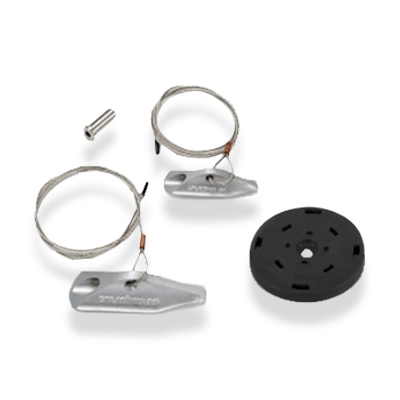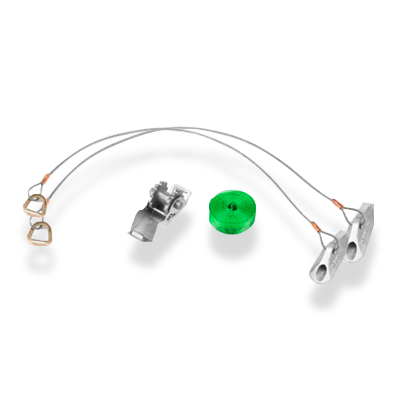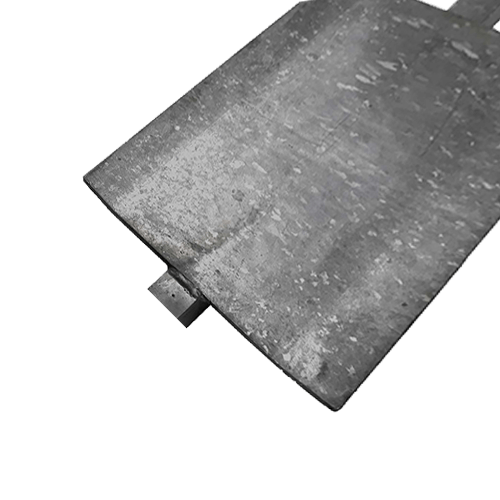Platipus® Civil Anchors
The Platipus® Earth Anchor System is a percussion driven system that can be installed into displaceable soils using a wide range of equipment depending on the application and ground conditions.
It creates a minimal disturbance of the soil during installation, can be tested to an exact holding capacity and made fully operational immediately. It is a completely dry system, therefore, having minimal environmental impact removing the need of drilling or grout.
Stress Distribution and Bearing Capacity
The stress distribution in front of a loaded anchor can be modelled using the Foundation Theory. The ultimate performance of an anchor within the soil is defined by the load at which the stress concentration immediately in front of the anchor exceeds the bearing capacity of the soil.

Platipus anchors perform exceptionally well in a granular/non-cohesive soil, displaying short load lock and extension characteristics, a broad frustum of soil immediately in front of the anchor and extremely high loads.
Stiff cohesive soils, such as boulder clays, can also give outstanding results. However, weaker cohesive soils, like soft alluvial clays, can result in long load lock and extension distances and a small frustum of soil in front of the anchor. Consequently, these conditions require a larger size of the anchor and if possible a deeper driven depth to achieve design loads.
Factors that will affect the ultimate performance of the anchor include:
- The shear angle of soil
- Size of the anchor
- Depth of installation
- Pore water pressue
Platipus® is a Registered Trademarks of Platipus Anchor, registered in England.
Downloads
- Anchor Load Software
- Product Information
Frequently Asked Questions
Non-cohesive soils are stronger soils (dry crumbly) and therefore better to work with. Cohesive soil is not as good as there is a lot of water in the soil (clay soil type).
No – the anchor itself does not fail, the soil fails, and therefore an engineer must be involved to determine the type, length and spacings of the anchors.
Anchoring can be used for anything. Most common are TRM (turf reinforcement matting), walls such as gabion walls.
Anchors help with stabilising:
- Surface erosion and scour protection
- Flood protection and Slip protection
- Flood storage ponds
- Pipelines
- Portable buildings
A drain which is inserted into the embankment (like wick drain) and has a head of an anchor. The conduit is inserted into the water pockets to extract the water trapped in the slope. Once all the water is removed the slope is protected with TRM.
Geo’s have a crimp lock whereas ARGS’s have a wedge lock.
Yes. Contact us for more information.
Benefits & Features
- Portable buildings & structures
- Buoyancy control & pipelines
- Retaining walls & slope stabilisation
- Temporary works
Platipus® Anchor Locking
Try our interactive load locking process demonstration.
Use your mouse to navigate the scene, click, drag and zoom around at your own pace. Click on the numbers to further inspect the process.
Please note: This is only a conceptual overview of the load locking process and assumes the anchor driving is already complete.




